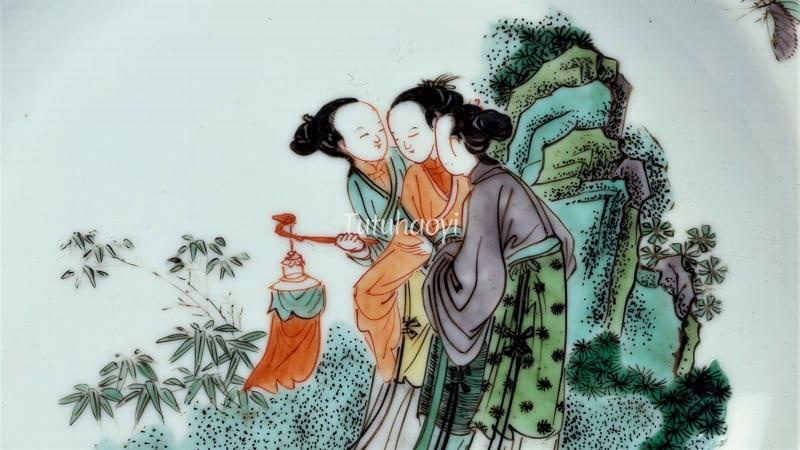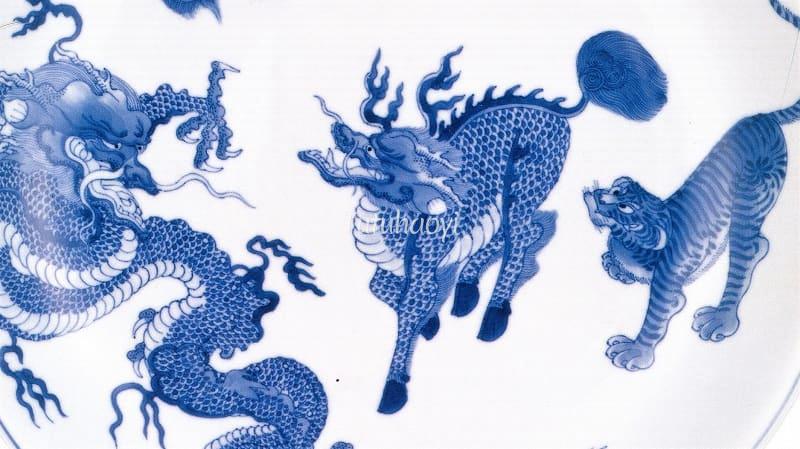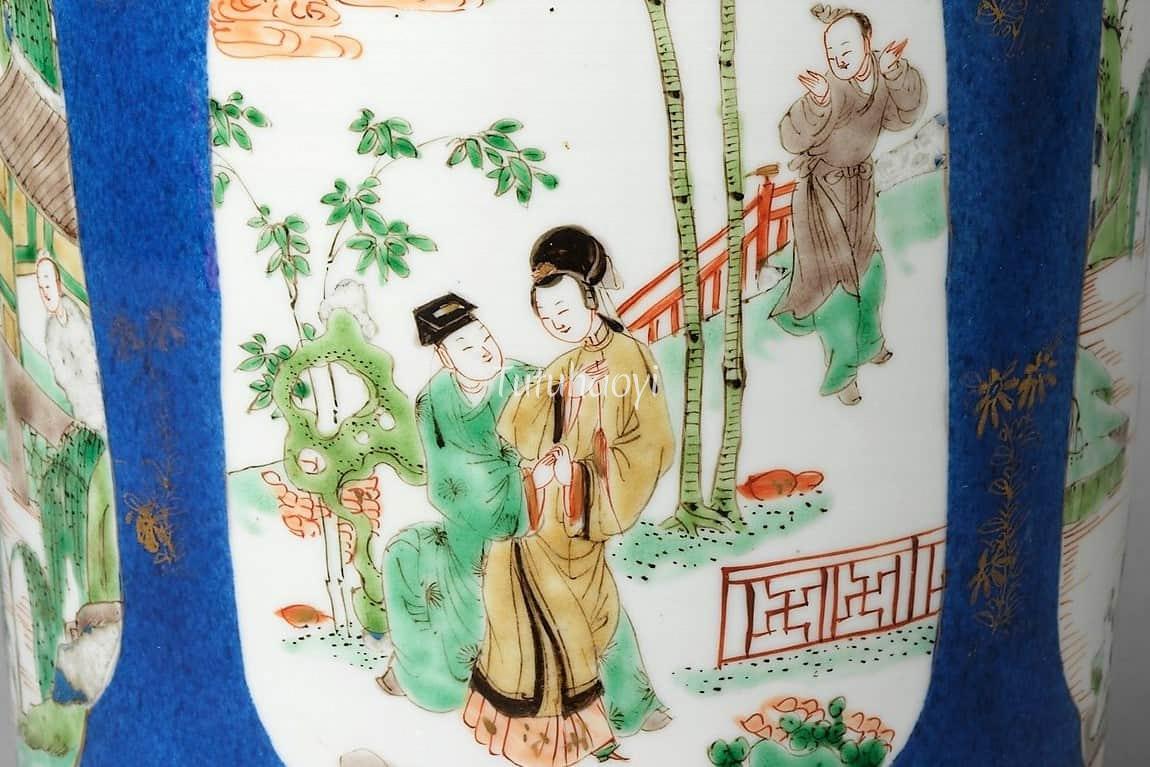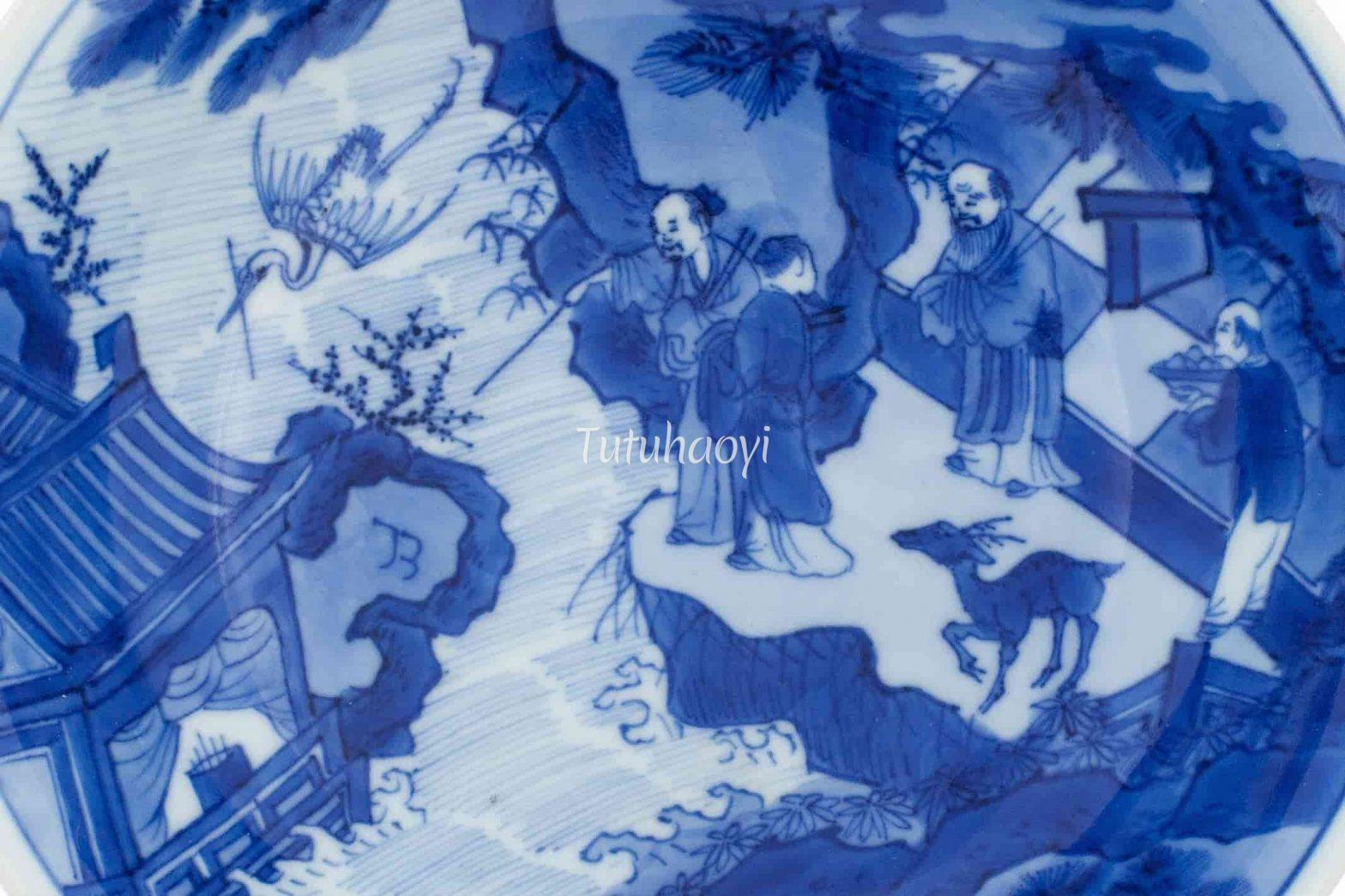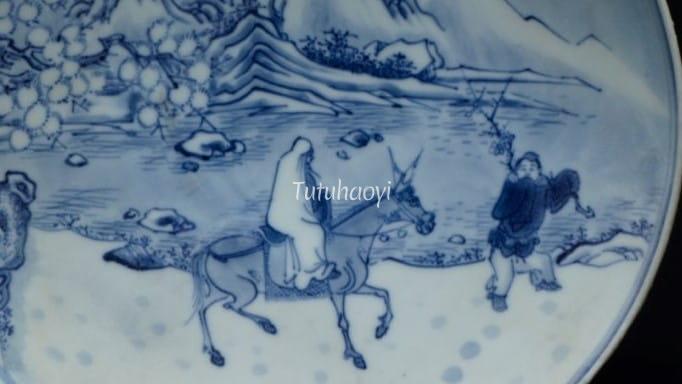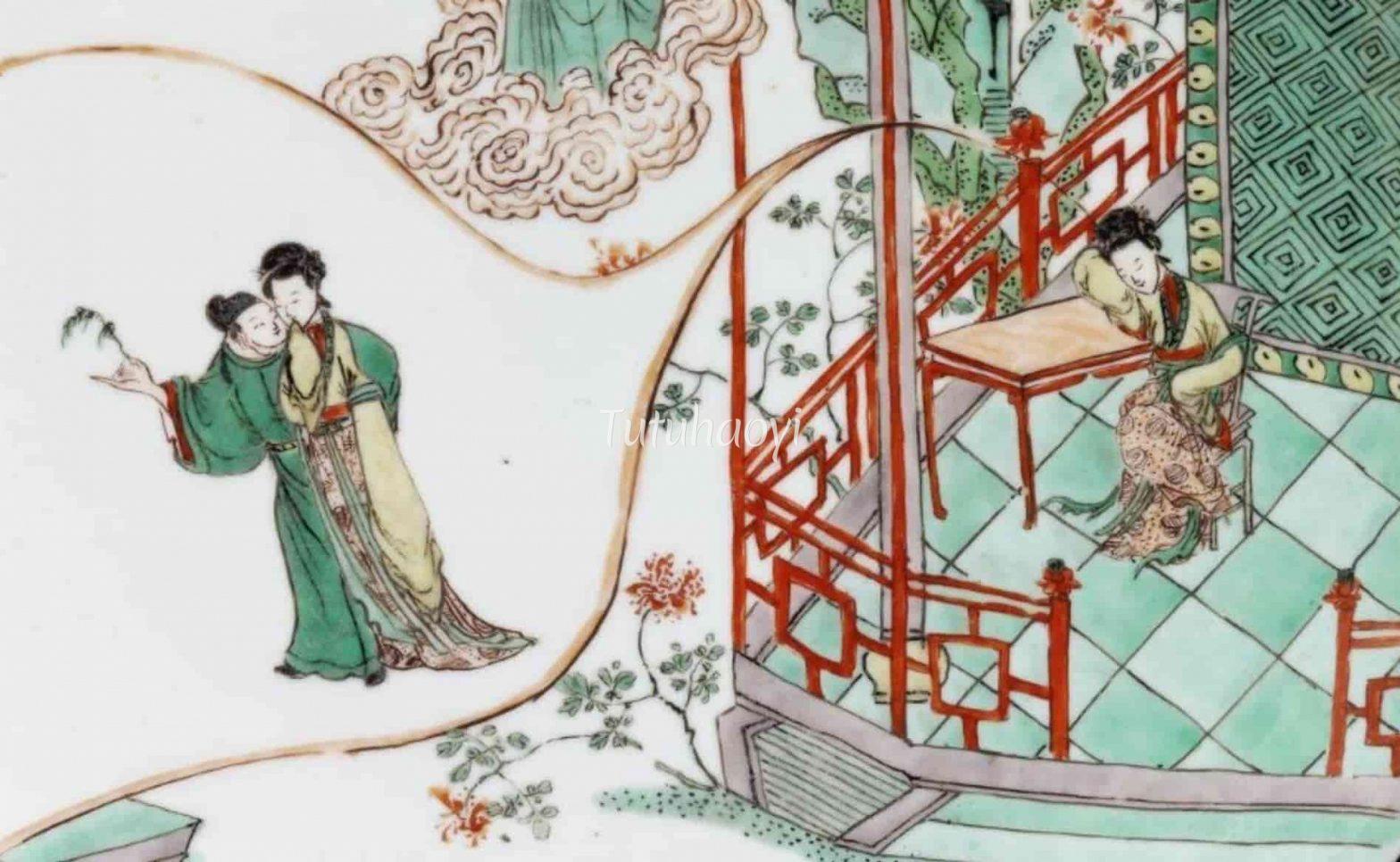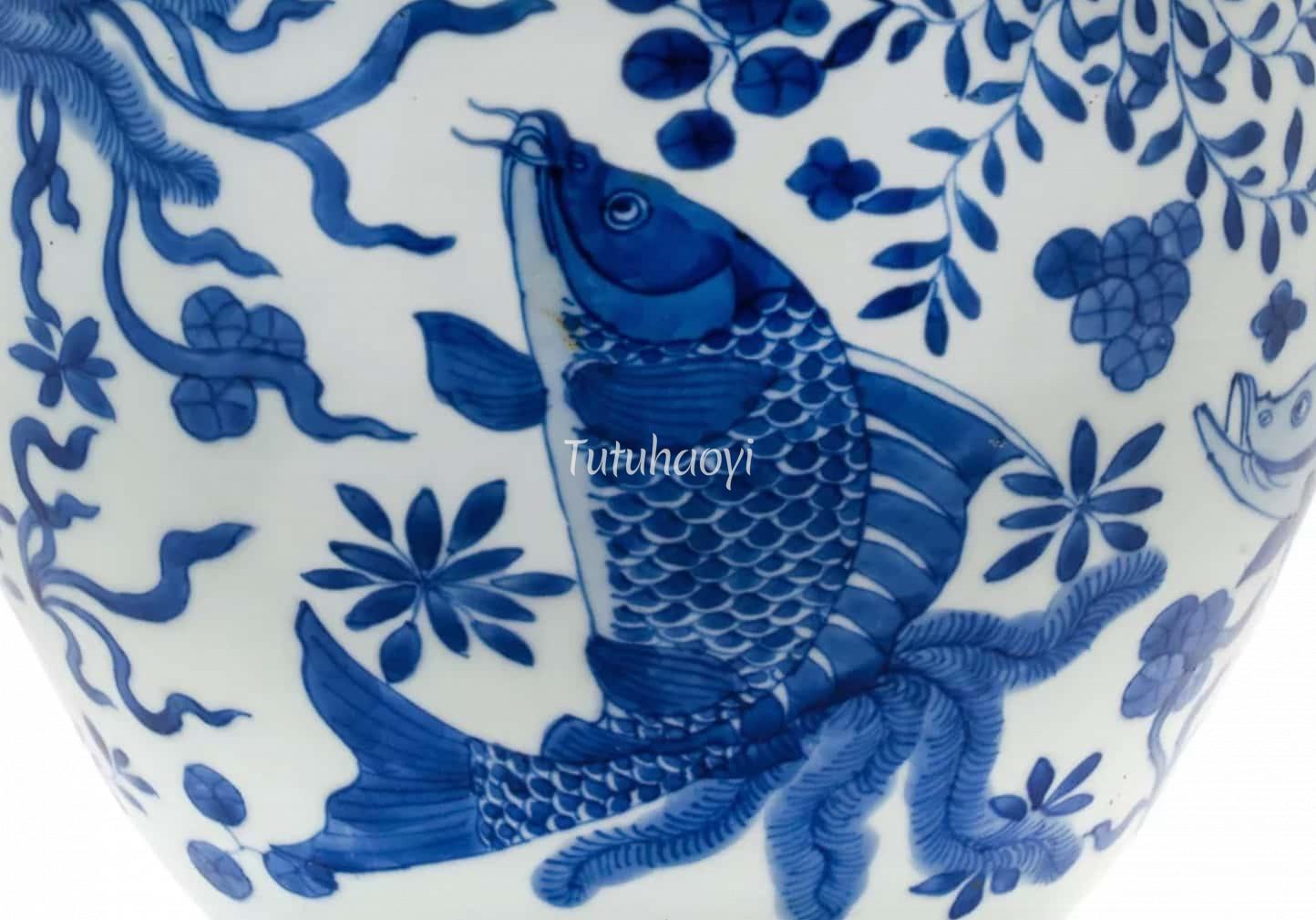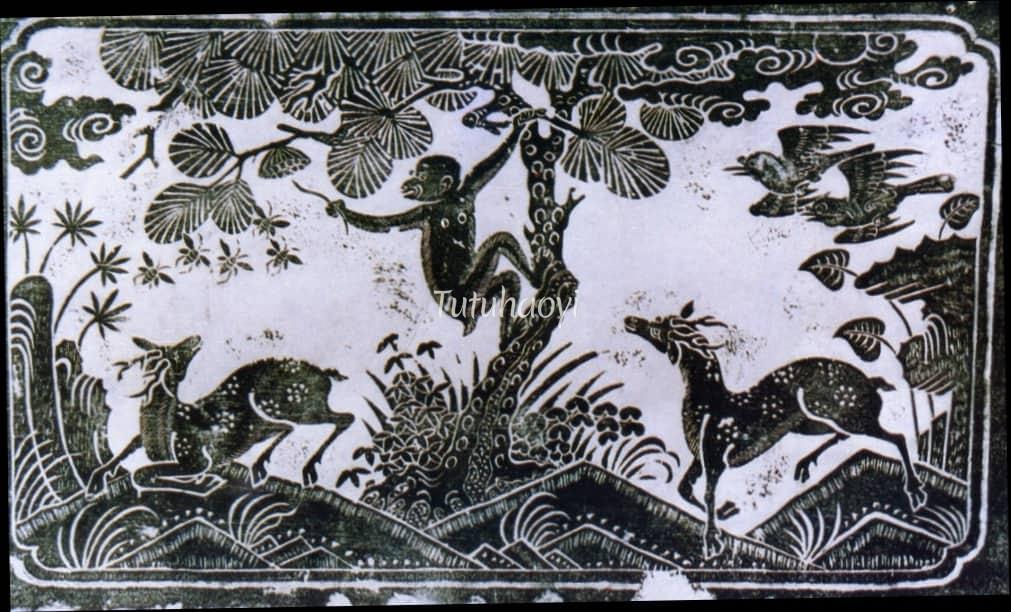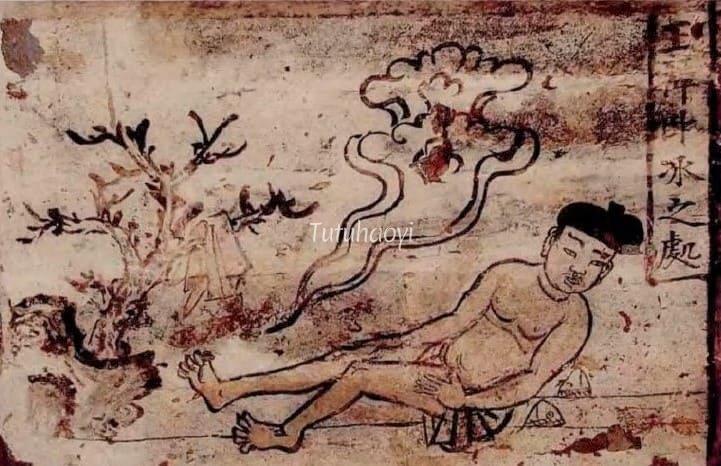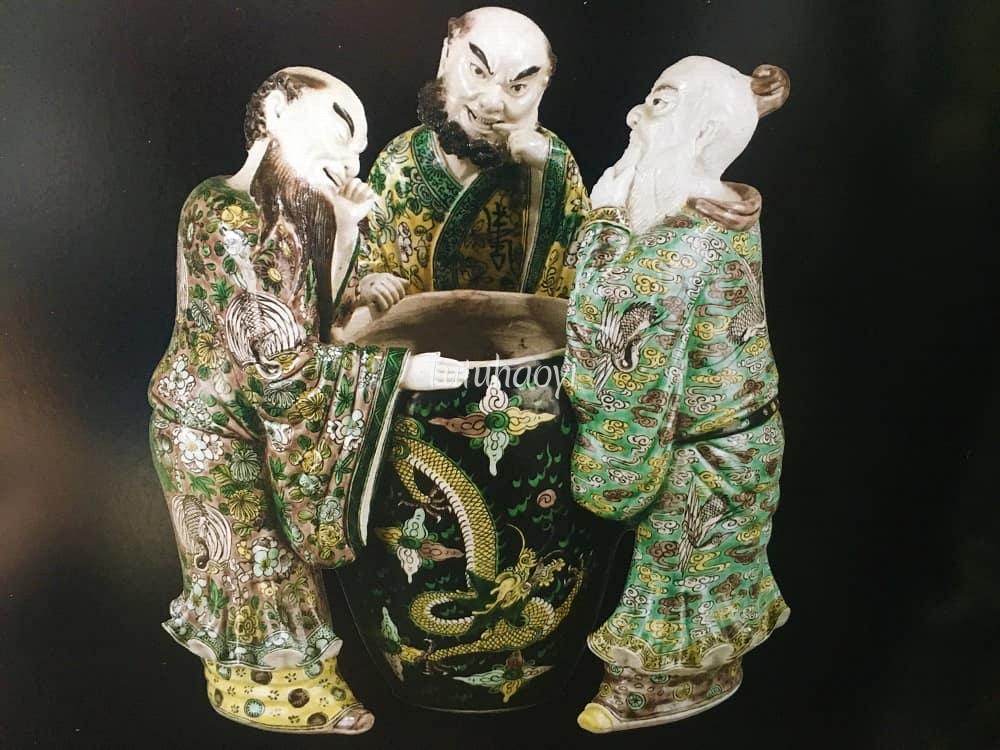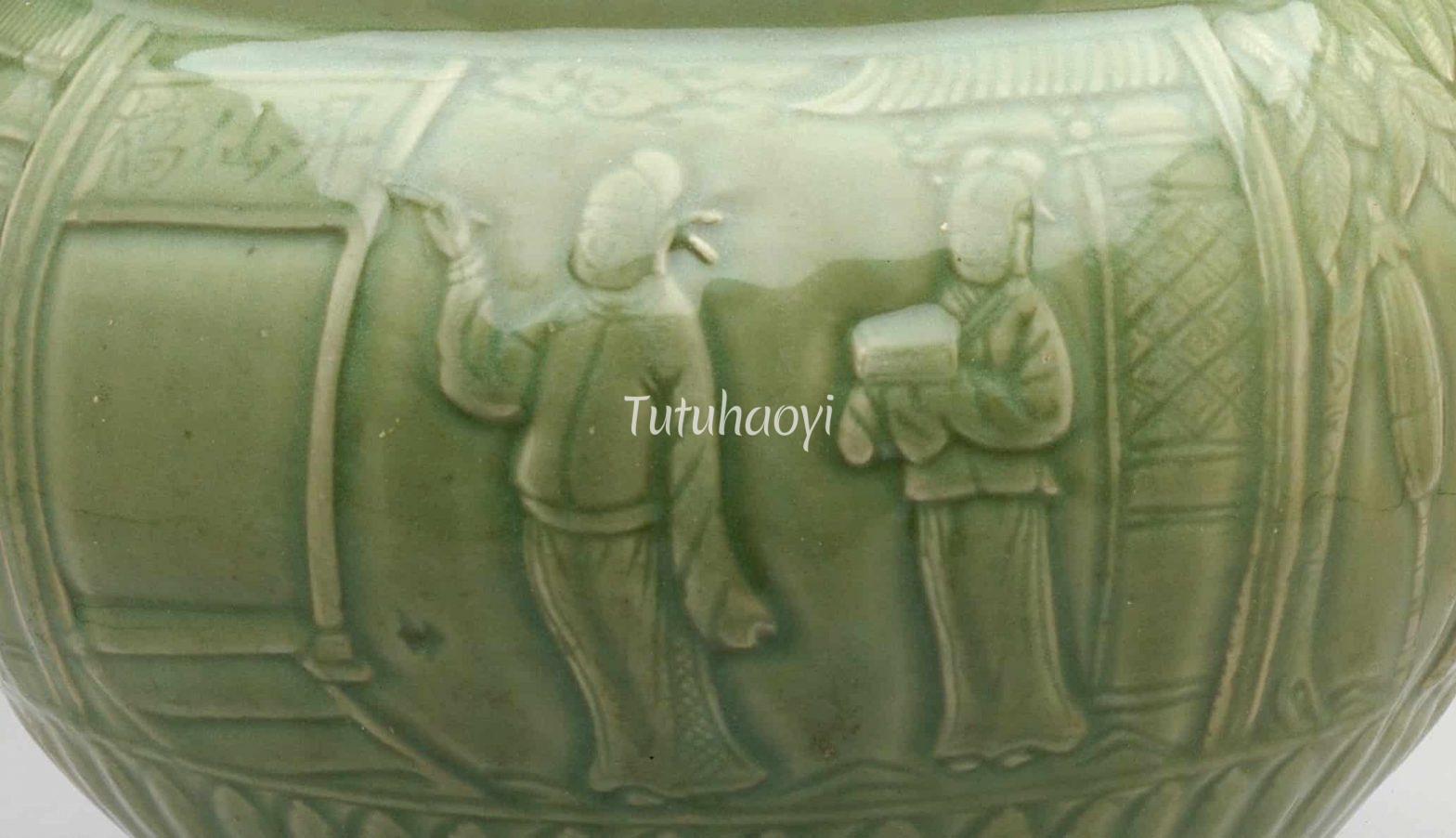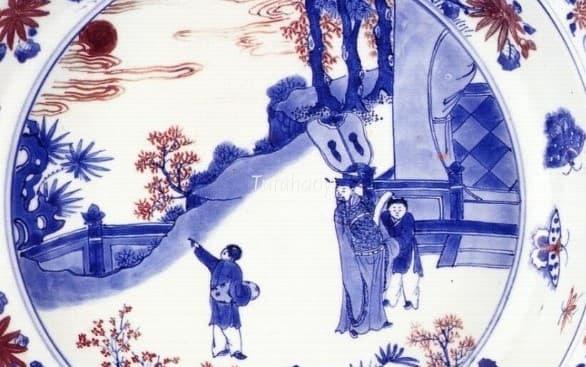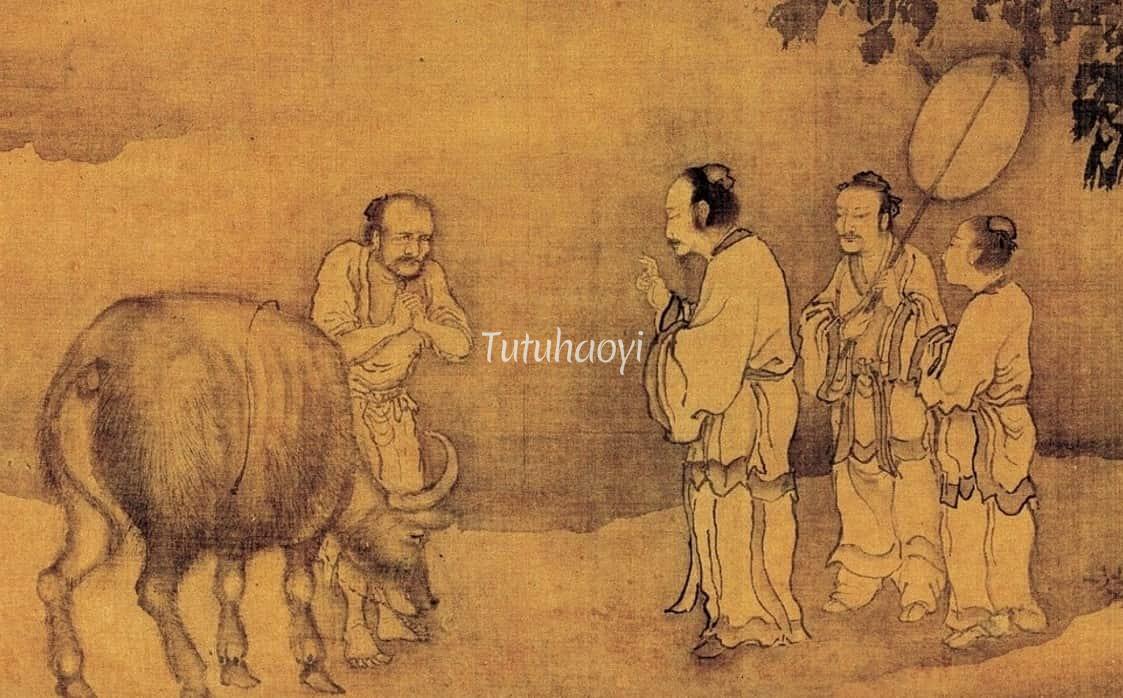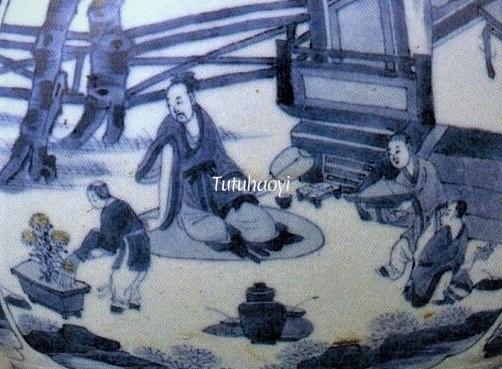- No products in the cart.
How was the Tipsy Imperial Consort Lady Yang Depicted in Chinese Decorative Art
Posted incommonly misunderstood images
‘Imperial Consort Lady Yang Getting Drunk’ has been a popular Chinese story plot since the seventeenth century. However, many renowned museums are still not able to identify this story scene on the porcelains in their collection. Dr Yibin Ni will illustrate with a few examples here.
Continue Reading
Continue Reading

